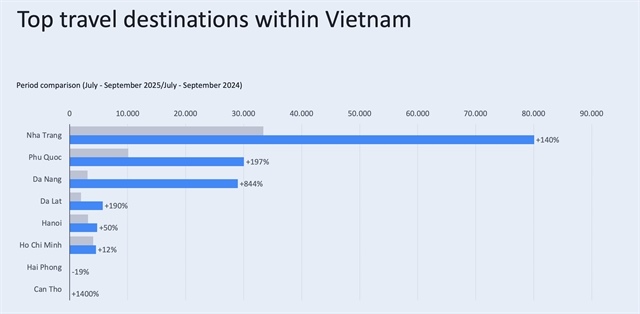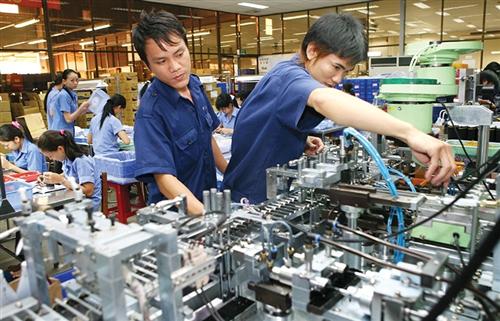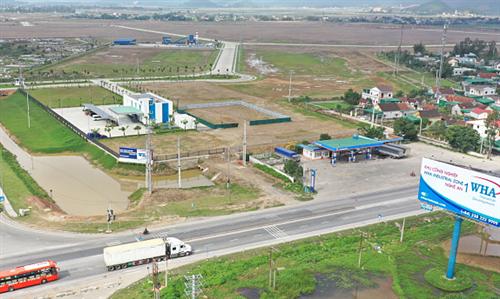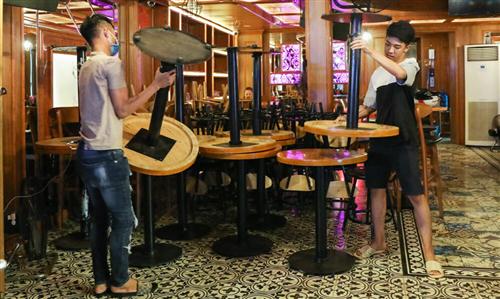Long An attracts $114.6 million of foreign investment in first quarter
Long An attracts $114.6 million of foreign investment in first quarter
In the first quarter of 2020, the southern province of Long An attracted the total foreign capital of $114.6 million, up $26.5 million compared to the same period last year.

Long An attracted $26.5 million more of foreign investment than in the first month of 2019
|
In the first quarter of 2020, Long An granted 26 investment certificates to foreign investment projects with the total committed capital of $105.7 million and raised $120 million for 11 operational projects. The total capital, both newly-registered and added capital, is $114.6 million, increasing by $26.5 million compared to the same period last year.
Long An has attracted $6.324 million in foreign investment with 1,049 projects so far. There are 585 projects in operation, which takes 55.7 per cent of the total registered projects. These projects have disbursed$3.624 million, or 57.3 per cent of the total committed capital.
In the first quarter, domestic investors registered 341 new businesses with the capital of VND3.41 trillion ($148.26 million).
So far, there have been 11,697 businesses registering capital of VND307.561 trillion ($13 billion) within the province.
There are 16 industrial zones in operation on a total of 2,293 hectares, with 86.46 per cent of the land area being used. The total industrial land area being used increased by 18.37ha in the first quarter. Economic Zones along the border have received two foreign-invested projects with the total capital of $75 million. There are 21 industrial clusters with the total fulfilment rate of 89.7 per cent at the moment. Additionally, the state budget also reached VND4.62 trillion ($197 million), 27.5 per cent higher than the target.
According to Tran Van Can, president of Long An provincial People’s Committee, COVID-19 has affected the consumption of main agricultural products such as dragonfruit, as well as the import-export and manufacturing operations of businesses.
Moreover, the impacts of water shortages were aggravated by rapid saline intrusion, which are drying out and killing plants, and have ruined 990ha of crops.
























